Ever curious about your favorite diecast toy models? The materials used are key to their durability and quality. Explore the world of diecast toy materials and discover their secrets.
Diecast toys are made to look like real cars and trucks. They’re created through die-casting, where molten metal is poured into molds. Most are made from a zinc alloy called zamak, which has aluminum and copper for strength.
But diecast toys aren’t just metal. They also have plastic for parts like wheels and doors. Rubber is used for grip on the wheels. These materials add detail and function, making the toys more enjoyable for fans.
Key Takeaways
- Diecast toys are mainly made from metal alloys like zinc, aluminum, and copper for strength.
- Plastic and rubber are used for details and functional parts.
- The die-casting process makes mass production efficient and consistent.
- Diecast toys come in many scales, pleasing collectors and enthusiasts.
- Brands like AUTOart, Bburago, Corgi, Maisto, and Minichamps offer a wide range of models.
Understanding the Die-Cast Manufacturing Process
The making of diecast metal alloy toys and models is a detailed process called die-casting. It uses molten metal, like zinc or aluminum alloys, pushed into a mold under high pressure. This method makes durable, realistic diecast toys that look like the real thing.
Die-Casting Machine Components
The die-casting process relies on special machines. These machines have key parts, including:
- A heated barrel to melt and hold the molten metal alloy
- A high-pressure injection system to force the metal into the die
- Molds or “dies” that determine the final shape and details of the diecast part
- Cooling systems to harden the metal as it takes shape in the die
Production Steps and Techniques
The die-casting process has several steps for quality results. First, the metal alloy is melted in the heated barrel. Then, it’s quickly injected into the mold under high pressure. As it cools, it solidifies, keeping the mold’s details.
Finally, the diecast part is removed from the mold, ready for finishing touches like painting or assembly.
Quality Control in Die-Cast Manufacturing
Quality is key in making diecast toys and vehicles. Manufacturers check every step, from raw materials to the final product. This careful process ensures each model meets high standards for collectors and fans.
With precision engineering, metal casting skills, and strict quality control, diecast toys and vehicles are made. They delight fans and collectors all over the world.
What Are Diecast Toys Made Of
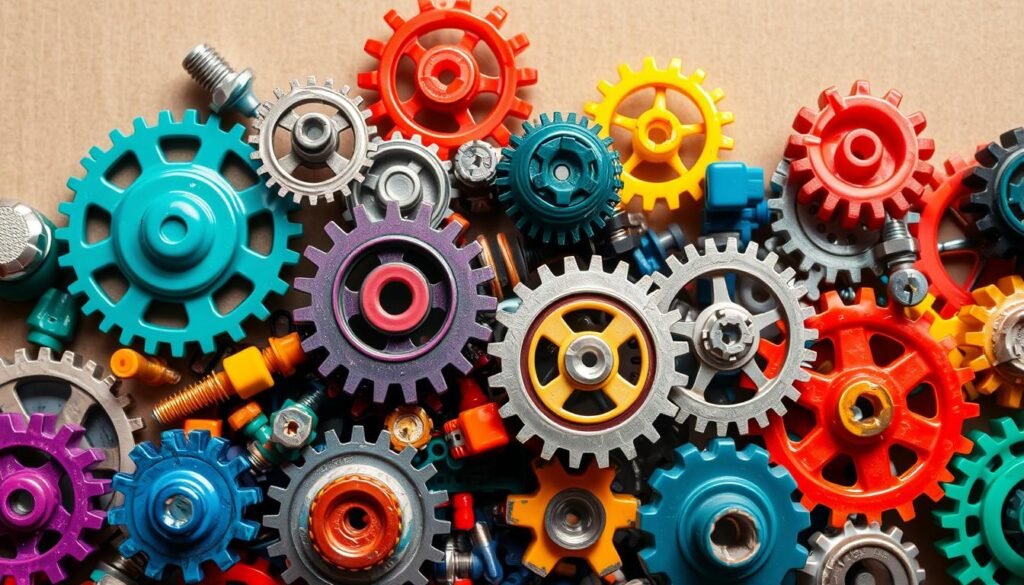
Diecast toys are a favorite among hobbyists and collectors. They are mainly made of metal alloys. The most common material is Zamak, a mix of zinc, aluminum, and copper. This mix gives the toys their durability and weight.
While Zamak is the main choice, other materials are also used. Plastic, rubber, and glass are added for details like wheels, doors, and windows. These collectible toy components and hobby diecast ingredients make the toys look good and last long.
| Material | Application |
|---|---|
| Zamak (Zinc Alloy) | Primary construction material for diecast toys |
| Plastic | Used for intricate components like wheels, doors, and windows |
| Rubber | Provides grip and traction for the wheels of diecast models |
| Glass | Incorporated into diecast toys for visual appeal and functionality |
The materials used in making diecast toys affect their weight, durability, and cost. More expensive toys often have more metal. Cheaper ones might have more plastic. But all diecast toys are known for their quality and lasting value.
“Diecast toys tend to be heavier and more durable than plastic counterparts, making them suitable for collectors and long-lasting play.”
Evolution of Die-Cast Toy Materials Through History
The world of die-cast toys has changed a lot over the years. It shows how the industry always looks for new ways to improve and make better toys. From simple lead alloy models to strong zinc alloys and now eco-friendly options, the materials used have been key. They’ve helped shape the toy world and what collectors love.
Early Lead Alloy Era
In the early 1900s, die-cast toys started to appear. Companies like Meccano (Dinky Toys) in the UK and Dowst Brothers (TootsieToys) in the US were pioneers. These first toys were made from lead alloys because they were cheap and easy to make.
But, these alloys had problems before World War II. They got worn out quickly. Now, finding these old toys in good shape is rare.
Introduction of Zinc Alloys
After World War II, zinc alloy became the top choice for making die-cast toys. Zamak alloy was better than lead because it was stronger and easier to cast. This change made toys last longer and look better.
Companies like Lesney Products (Matchbox) and Corgi Toys made the most of this new material. They created small, detailed models that were both affordable and high-quality.
Modern Material Innovations
Today, the toy industry keeps getting better with new materials and ways to make toys. Things like computer-aided design (CAD) and digital printing help make toys more detailed and real. This makes modern die-cast toys stand out.
There’s also a big push for toys that are good for the environment. Companies like Mattel (Hot Wheels) are using greener materials. They still make toys that are durable and loved by collectors and fans.
FAQ
What materials are diecast toys made of?
How are diecast toys manufactured?
What is the die-casting process for making diecast toys?
How have diecast toy materials evolved over time?
Source Links
- How are diecast models made? – https://minimodelshop.com/blog/mini-models-how-are-diecast-models-made?srsltid=AfmBOopLb8s3SxRvCqcrIpCIbshGRrmnIQg-Ep9Ry-Xjl06xRDUGFS70
- How Diecast Models Are Made | ModelSpace – DeAgostini Blog – https://blog.deagostini.com/2020/11/how-diecast-models-are-made-modelspace/
- The Manufacturing Process: How Are Diecast Model Cars Made? – https://livecarmodel.com/blog/the-manufacturing-process-how-are-diecast-model-cars-made/?srsltid=AfmBOopbFpVOWcnQUQDz_KGtQJr8r1n3UwdIKO42vMvcVF0LDHieHpzV
- How Are Toy Cars Made: From Concept To Creation – https://www.tinytown.in/blogs/news/how-are-toy-cars-made?srsltid=AfmBOoqgd3bOPF6q0ki1Uw0RrNaFEIPWtZw2xO7qqhiwJA_WkVmwKu19
- Die-cast toy – https://en.wikipedia.org/wiki/Die-cast_toy
- How Are Die-cast Toys Made? – https://www.paudimodel.com/die-cast-toys-made/
- How are diecast models made? – https://minimodelshop.com/blog/mini-models-how-are-diecast-models-made?srsltid=AfmBOoqpd2fko-onQ0NkudTVLcNTiKSCEWGn2ZRuPMmisqCFu8OaA8Vy
- What is the History of Die Cast Toys? – https://www.model-car-world.co.uk/blog/post/What-is-the-History-of-Die-Cast-Toys
- history die cast toys – https://www.toywonders.com/history/wikipedia/die-cast_toy.htm
- Preserving History: Vintage Diecast Models and Their Stories – Universal Classic Toys – https://universalclassictoys.com/preserving-history-vintage-diecast-models-and-their-stories/?srsltid=AfmBOoorVLCytJ_aKwNWM3heeTIj2fgG5-fHZZ01m4D1k8pkbjO1v-Pn

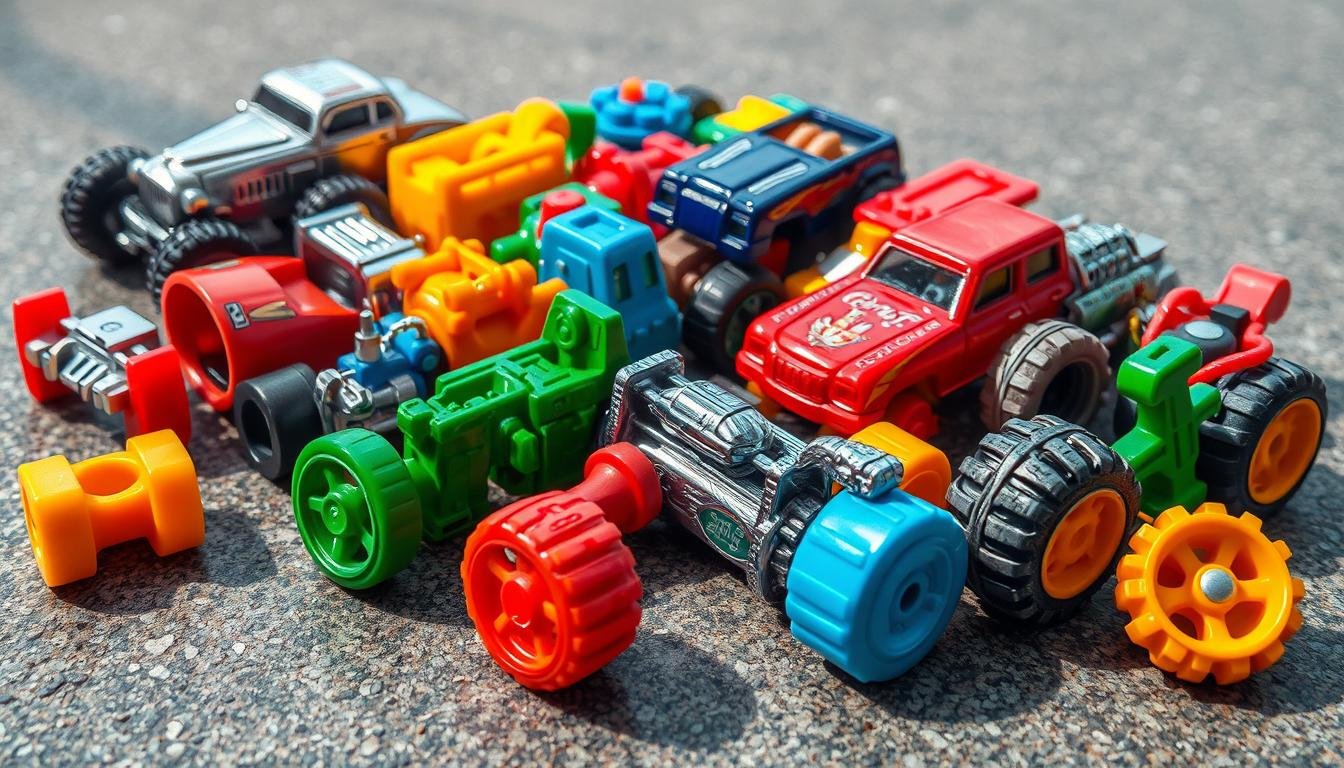
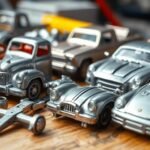
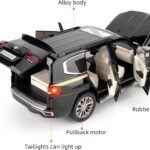

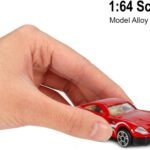
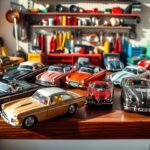
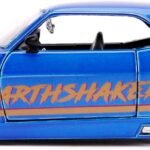
Interesting read, but arent plastic toys more eco-friendly than diecast? The manufacturing process seems a bit heavy on resources. Just a thought!
Diecast toys last longer, reducing waste. It’s not just about production, but longevity and disposal too!
Interesting read but arent diecast toys a bit old school? Shouldnt we talk more about eco-friendly 3D printed toys now?